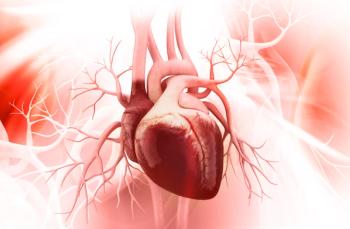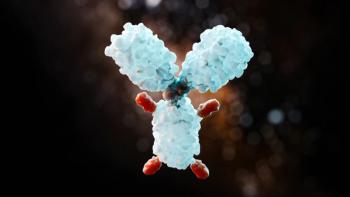
Coal Mine Discovery May Improve Cancer Care
Newly-discovered microbial products shown to impact a protein used in certain cancer treatments.
In an abandoned coal mine in Kentucky, researchers discovered 10 unknown microbial products from a strain of Streptomyces. The investigators found that 4 of the molecules contain a cyclopentenone ring, which is typically not found in these molecules, according to the study published by Angewandte Chemie.
The investigators are participating in a new initiative that focuses on discovering new organisms in mining environments in Kentucky. The goal of the program is to find substances that create previously unknown metabolites that could be used in drug development.
Previously, the team found unknown metabolites created by Streptomyces, which belong to the ansamycins family. Ansamycins are compounds that contain an aromatic ring systems that is bridged by an aliphatic chain, according to the study.
Geldanamycins (Gdm) are a subtype of ansamycins that have an aromatic ring composed of a quinone group, which is a ring of carbons with 2 double bonds and oxygen atoms with 2 double bonds. This compound inhibits the heat shock protein 90 (Hsp 90), which is crucial for cell survival, and they are currently used in
By characterizing the new compounds, the study authors found 6 that were previously unknown variants, while the other 4 were a new subtype of ansamycin. The new subtype features a cyclopentenone group, which is a ring of 5 carbons with a double bond, and 1 oxygen atom with a double bond, according to the study.
The authors believe that the Gdms came before the novel type of ansammycin.
Further analyses demonstrated that the quinone group was able to be converted to a cyclopentenone through benzylic acid rearrangement, according to the study. This may hold the key to developing a new route for developing cyclopentenone derivatives.
The new compounds were then tested for their ability to inhibit Hsp 90 and their cytotoxicity against cancer cells, compared with the 3 known Gdm derivatives.
The authors found that the new and the established derivatives did not correlate in all cases. Small variations in structure were seen to change cell uptake and cytotoxicity mechanisms in the derivatives, according to the study.
The investigators said that these findings suggest that more studies are needed to examine the new compounds’ implications in drug development.
Through a collaboration, the research team also validated a novel test to determine the activity of Hsp 90. The Mexican axolotl is able to regenerate damaged limbs, but only with the help of Hsp 90.
Interestingly, the investigators found that amputated tails of the animals were unable to regenerate in the presence of high doses of Gbm. Developmental abnormalities were also seen with high doses of Gbm.
The authors concluded that Gbm is useful for exploring the role of Hsp 90 in regeneration, and the test may also be used to find Hsp modulators.
Newsletter
Stay informed on drug updates, treatment guidelines, and pharmacy practice trends—subscribe to Pharmacy Times for weekly clinical insights.
















































































































































































































